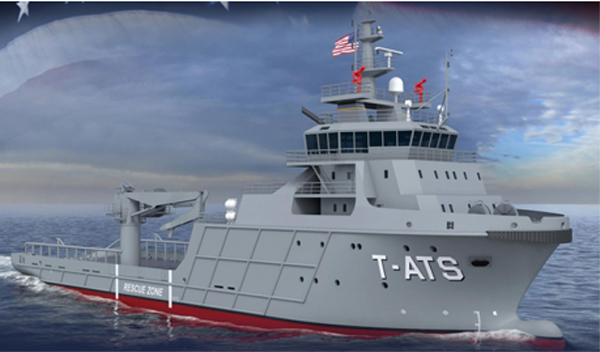This year’s World Maritime Day theme – Our Ocean, Our Obligation, Our Opportunity – reminds us of our responsibility to safeguard the ocean and highlights the importance of inclusion in supporting a sustainable maritime future, says WISTA International.
Our Oceans
Generating half of the planet’s oxygen, absorbing around 30% of carbon dioxide emissions, holding nearly 97% of Earth’s water and home to some of the most diverse ecosystems on the planet, the oceans are critical to our survival. Some call them the true lungs of our world.
Oceans connect us all and impact many, if not every, aspect of our lives. They regulate temperature, provide food, energy, and livelihoods to billions of people, and carry around 80% of global trade. They are an important sink for greenhouse gases, and they provide us with water and the oxygen we breathe.
The United Nations regards the oceans as our greatest ally in keeping global warming well below two degrees Celsius above pre-industrial levels, as anticipated in the Paris Agreement.
Yet, these vital ecosystems are also over-exploited as a food source, the end point for much of the pollution generated by humans, the subject of irreversible biodiversity loss and a signifier for the consequences of climate change.
As the largest industry operating across the world’s oceans, a duty of care exists, and we must therefore continue to work together to protect the marine environment and prevent further damage where possible.
“The shipping industry is well placed to lead progress in environmental protection, and by embracing inclusivity, it can demonstrate how diverse talent, and perspectives can drive meaningful change,” says WISTA International President, Elpi Petraki.
Our Obligation
The maritime industry is accustomed to adapting to new regulations, and in recent years resolve has strengthened at the International Maritime Organization (IMO’s) to protect the marine environment.
Speaking ahead of World Maritime Day, Arsenio Dominguez, Secretary General of the IMO, said: “Our oceans are struggling to keep up with human pressure. The ocean’s decline isn't a coincidence; it's driven by human activities. But that also means that we have the power to reverse it. It is our obligation to work collaboratively to reduce pollution, protect marine life, and shift to sustainable habits.”
A robust regulatory framework has been established to safeguard the marine environment from the impacts of shipping. Recent years have seen the introduction of major new instruments – to limit air pollution, ban harmful hull coatings, address the damage done by invasive species in ballast water, and reduce greenhouse gas emissions from ships.
During the upcoming IMO Marine Environment Protection Committee (MEPC) Extraordinary Session, formal adoption of the IMO Net-Zero Framework is also expected, in a decisive step towards achieving IMO’s decarbonization ambitions for shipping.
Our Opportunity
However, the regulatory push is only one piece of the puzzle, says Petraki. The pull of leadership is also required – to show what is possible, to create models for others to emulate, and to encourage and inspire.
“That is why achieving environmental sustainability will also need a deeper cultural change – and I firmly believe it must be one that values diversity, challenges norms and champions inclusive leadership,” says Petraki.
“It is not a coincidence that United Nations goals for Sustainable Development, which in Goal 14 urge us to conserve the oceans, seas and marine resources, also aim to achieve gender equality and empower all women and girls as their fifth goal,” she adds.
Added as annex to resolutions by the UN Conference on Sustainable Development in 2012, ‘The Future We Want’ reaffirms “the need to achieve economic stability, sustained economic growth, promotion of social equity and protection of the environment, while enhancing gender equality, women's empowerment and equal opportunities for all”.
Diversity and inclusion widen the range of perspectives, Petraki notes. “Seeking more views – from women, the younger generation and under-represented groups – creates new opportunities for innovation,” she says.
In the case of the marine environment, it is critical that coastal and island nations are represented in global decision-making when ocean degradation is at stake – not least because local knowledge is likely to be invaluable. In addition, people are more likely to engage with sustainable goals if they are involved in the process.
The shipping industry is already taking concrete steps to support global decarbonization, working collaboratively across borders and sectors to accelerate progress. As part of its own commitment to the environment, WISTA International established an Environmental Committee, bringing together environmental experts from across its 62 National WISTA Associations (NWAs) in response to the deepening climate crisis.
“Inclusion paves the way for innovation and better outcomes – for people, the industry and the planet – and World Maritime Day reminds us that together, we can all make a real difference to the world we live in,” adds Petraki.
